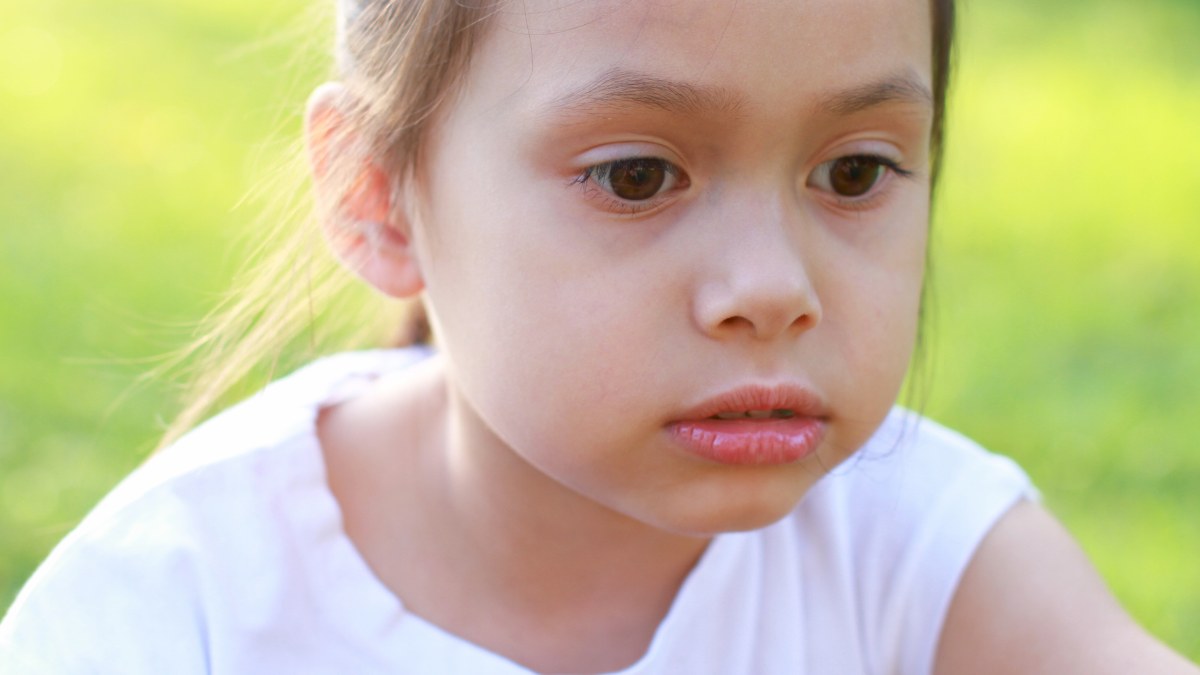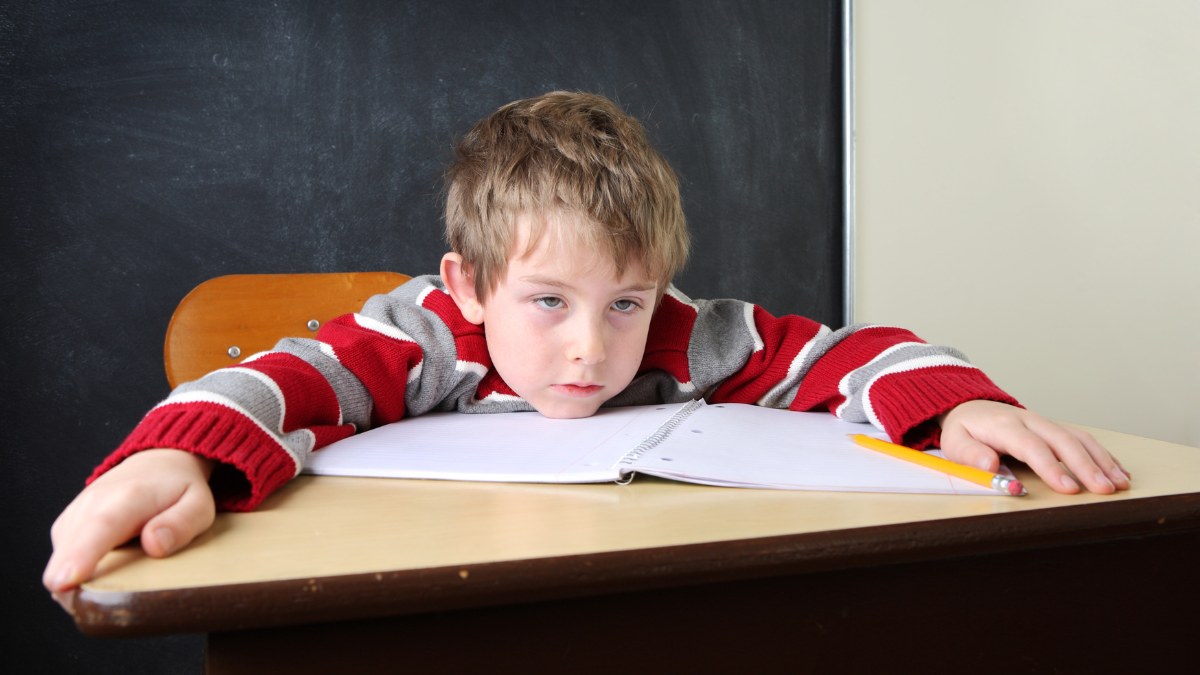How Long Does ABA Therapy Take to Show Results?
How long does ABA therapy take to show results? Progress varies, but many families see small changes within months.
.jpg)
How Long Does ABA Therapy Take to Show Results?
Key Points:
- Each child progresses through ABA therapy in a unique fashion, and results are not always consistent.
- Early talents that set your child up for greater success later on are frequently developed throughout the first six to twelve months of life.
- Steady sessions, parent support, and the right team, can help things move forward.
You've probably wondered, "How long does ABA therapy take to show results?" If your child has recently begun ABA therapy or if you're considering it, it's a reasonable and typical query.
When you're devoting so much time, energy, and emotion to something this important, it's fair to wonder when the "lightbulb moments" will finally arrive.
It depends, is the honest answer. That's not merely a tactful sidestep; it really depends on a few important factors.
Together, like friends conversing over coffee, let's dissect it. We'll examine the various phases of development, how those changes might manifest in practice, and what families are actually experiencing.
Whether you’re still searching “ABA services near me” or already knee-deep in sessions with your ABA behavior therapist, this guide is here to help you set realistic expectations, and spot progress when it shows up.
How Long Does ABA Therapy Take to Show Results? What the Journey Looks Like
Progress in ABA applied behavior analysis doesn’t always come with flashing lights or confetti cannons. Sometimes, it’s in the tiniest flicker of eye contact, a word whispered for the first time, or your child reaching for your hand instead of withdrawing.
For some families, these moments arrive within weeks. For others, they take months, but when they do arrive, they’re life-changing.
For example, one mother shared how her 3-year-old daughter, diagnosed with level 3 autism, started ABA Therapy after a year of minimal progress in speech therapy. After just two and a half months of therapy in a supportive center, her daughter went from using only five words to talking non-stop with over 100 words.
She was so eager to jump, dance, and interact with her therapists that she even hurried into the center every morning. Although early bloom of that kind is not unheard of, it is not the only route and is most definitely not the typical speed for all children.
Keep in mind that this isn't a race if you're unsure if your youngster is "on track." Some kids sprint. Others climb. But all movement forward counts.
What Happens in the First Few Months?

In the first 3 to 6 months of ABA therapy, the focus is on building the basics. Your child’s ABA behavior therapist spends this time laying the groundwork, getting to know your child, setting routines, and creating a safe, supportive space for growth.
This phase is all about connection. The therapist uses gentle strategies to build trust, encourage cooperation, reduce problem behaviors, and spark early communication.
You may not see your child learning the ABCs or practicing social scripts right away. Instead, you might notice small steps, like following a simple instruction or showing more interest in people nearby. It can feel slow at first. But underneath, your child’s brain is getting ready to learn. That is significant.
Before progress shows up, things can sometimes feel harder. One family shared that their daughter, who often yelled or hurt herself, started showing even more intense behaviors at first.
But that was part of the process. ABA helped shift those actions because her old coping strategies were no longer working.
That change in behavior was actually a sign, something inside was chaniging.
Within a few weeks, she began pointing, responded to her name, and took her first small steps forward.
What Comes After Six Months?
By six to twelve months along, you may begin to see more noticeable benefits. Perhaps your youngster may start interacting with their siblings. They might also start using language more frequently or grow more independent in their diet and clothing choices.
Maybe they begin applying what they've learned more broadly, showing off a new skill in front of Grandma at the dinner table and their ABA behavior therapist during sessions.
Language typically sees a boost during this period. Social interactions also begin to deepen. Eye contact may become more natural. Responses more consistent. At this stage, children often begin to “tune in” to the world in new and meaningful ways.
And it’s not all clinical. One dad described how his son, who previously refused to make eye contact, started looking up and smiling when he heard a favorite song. It wasn’t a skill listed in any progress report, but it was a breakthrough moment, nonetheless.
So, when we revisit the big question, how long does ABA therapy take to show results?—six months is when many families begin to feel a rhythm, a shift, a sense of “we’re getting there.”
And Beyond a Year?
After a year or more of consistent ABA Therapy, you’re likely to see more advanced skills forming. Think problem-solving, emotional regulation, peer interaction, or even preparing for classroom integration. Many kids at this stage begin to use communication spontaneously, handle transitions better, or take part in family outings with less distress.
But remember: even with a year of progress, some goals may still take longer. And that's all right. One family described how their daughter's school district lied about her skills and said she didn't require out-of-district placement any more. The truth? She advanced significantly, but only with consistent, targeted help. Success is not always "done," and progress is not always equal to perfection. This served as a reminder.
Usually lasting two to five years, therapy is tapered off as children become more self-reliant and begin using their skills in new situations.
What Makes a Difference?
What, then, makes therapy quicker or more effective? It's a concoction of essential components rather than magic.
- First, early intervention. Starting ABA applied behavior analysis as soon as possible improves the odds of faster and more lasting results.
- Second, intensity matters. Particularly when they are younger, children who receive 20 to 40 hours of therapy per week typically make more improvement.
- Third, there is a lot of parental participation. These teachings are made more tangible by participating in therapy planning, practicing techniques at home, and rewarding new behaviors.
- Lastly, the quality of the program is just as significant as its number. When searching for ABA programs in your area, give special consideration to professionals who are data-driven and trauma-informed. They must truly connect with your child. A knowledgeable, compassionate ABA behavior therapist is gold and can make a huge difference.
How Will You Know It’s Working?
You might be surprised by what progress actually looks like. It’s not always loud or dramatic. Sometimes, it’s the quiet things.
It could be your child pointing at something for the first time. Or staying calm during a haircut. Or saying “no” instead of melting down. You might notice fewer tantrums, more back-and-forth play, or your child sleeping better at night.
When you ask yourself again, “How long does ABA therapy take to show results?”, take a deep breath. Pay attention to the tiny things and enjoy the little things. Keep in mind this: progress consists of small victories over time, rather than a huge leap.
In Summary, Every Individual Has a Different Timing
To be clear, there isn't a single, universal method for using Applied Behavior Analysis, or ABA.
After only a few months, some children begin to speak. Others take more time. They may shine in nonverbal ways, like gestures or expressions. The goal isn’t speed. It’s to meet your child where they are and help them move forward.
If you’re just starting, try not to compare. Don’t track progress by someone else’s story. Look for it in smiles. In eye contact. In quiet moments where your child explores the world, one small skill at a time.
So, if someone asks, “How long does ABA therapy take to show results?” you can say results show up when your child is ready. But they do show up. With time, support, and the right care team, each step forward counts.
At Supportive Care ABA, we know this journey is personal. Our team in North Carolina offers kind, custom care built around your child’s needs. If you're ready for support that grows with you, reach out to us at Supportive Care ABA. Let’s take the next step together. Reach out for that crucial step today.








.jpg)
.jpg)


%20(1).jpg)
.jpg)
